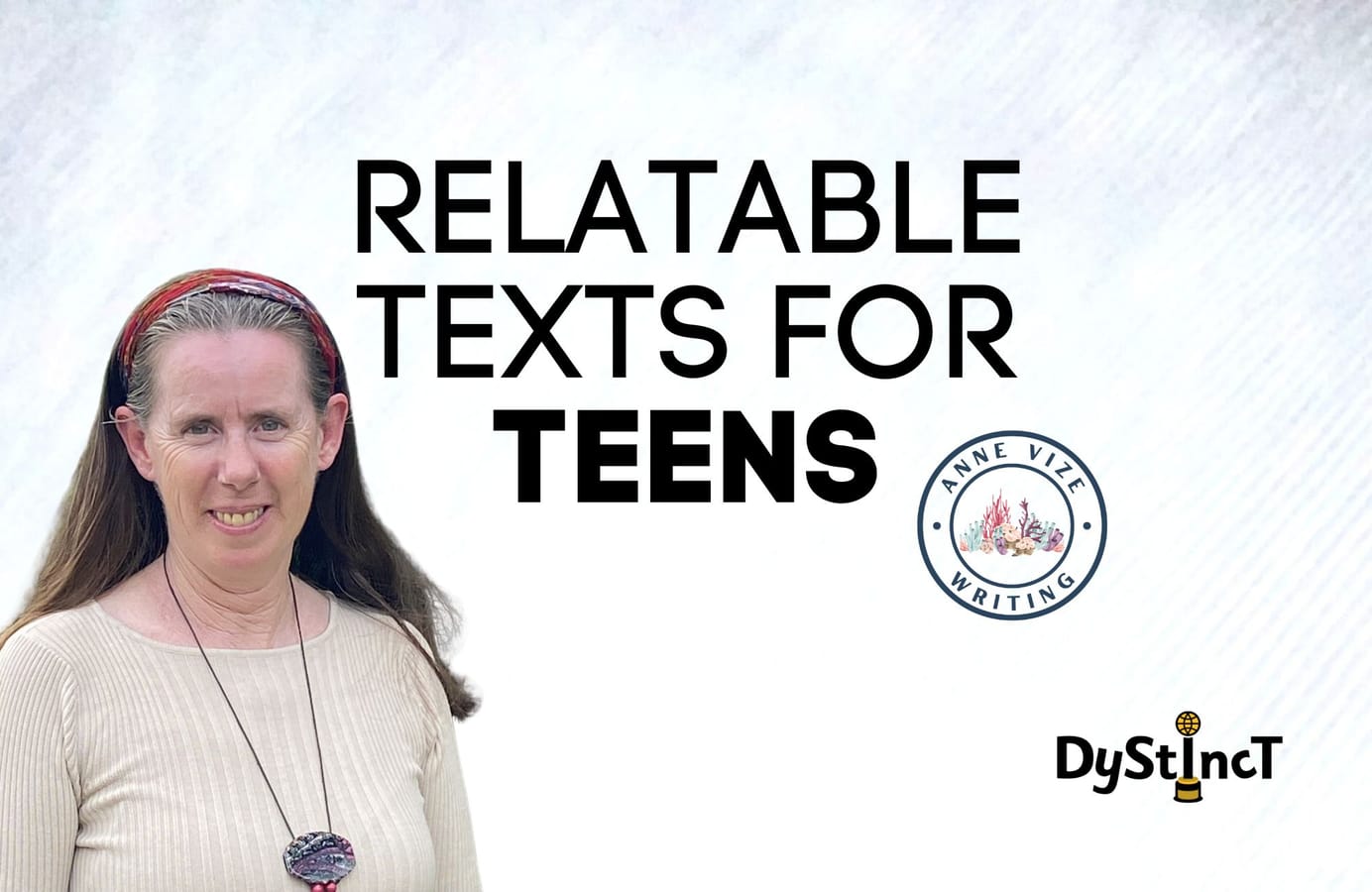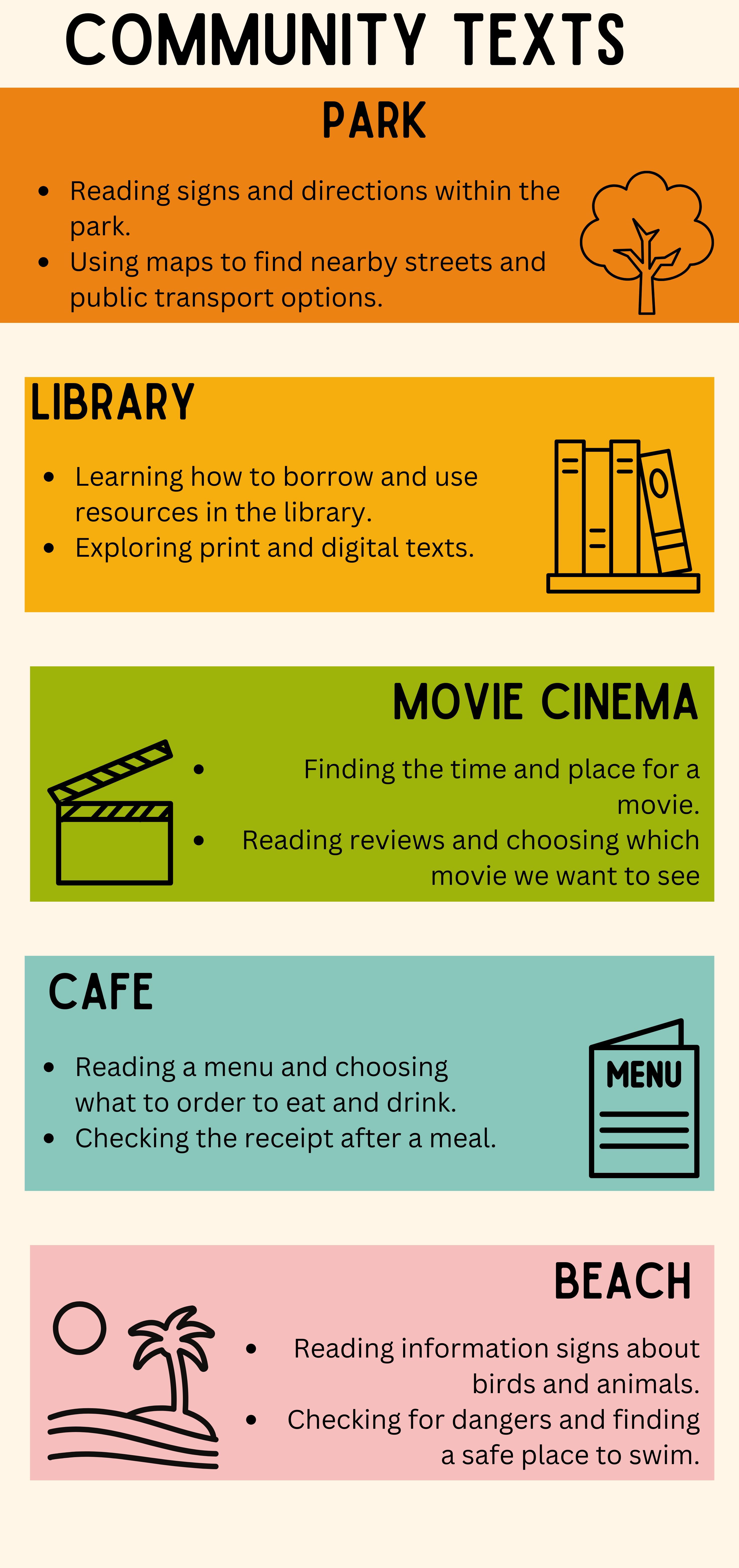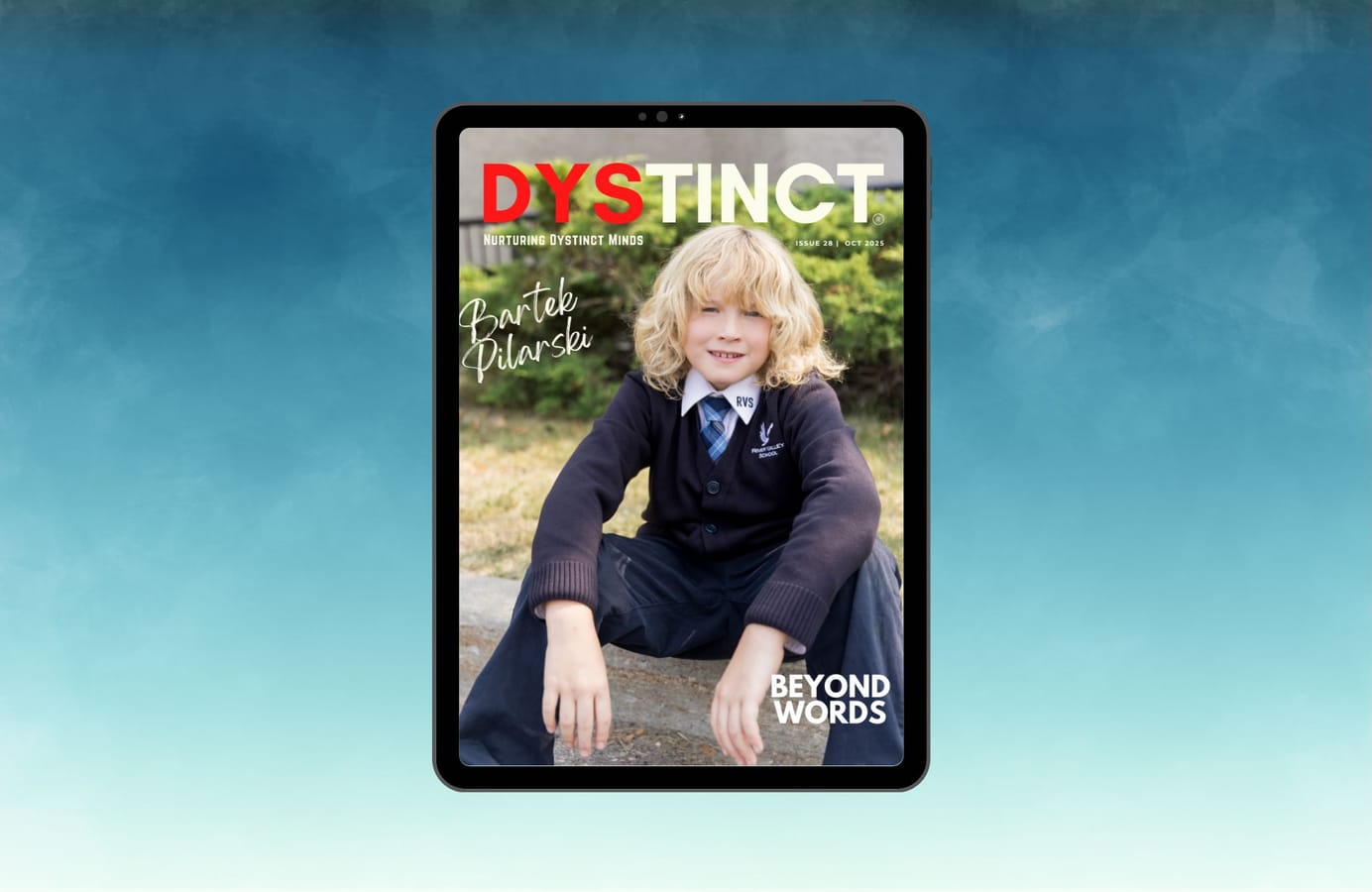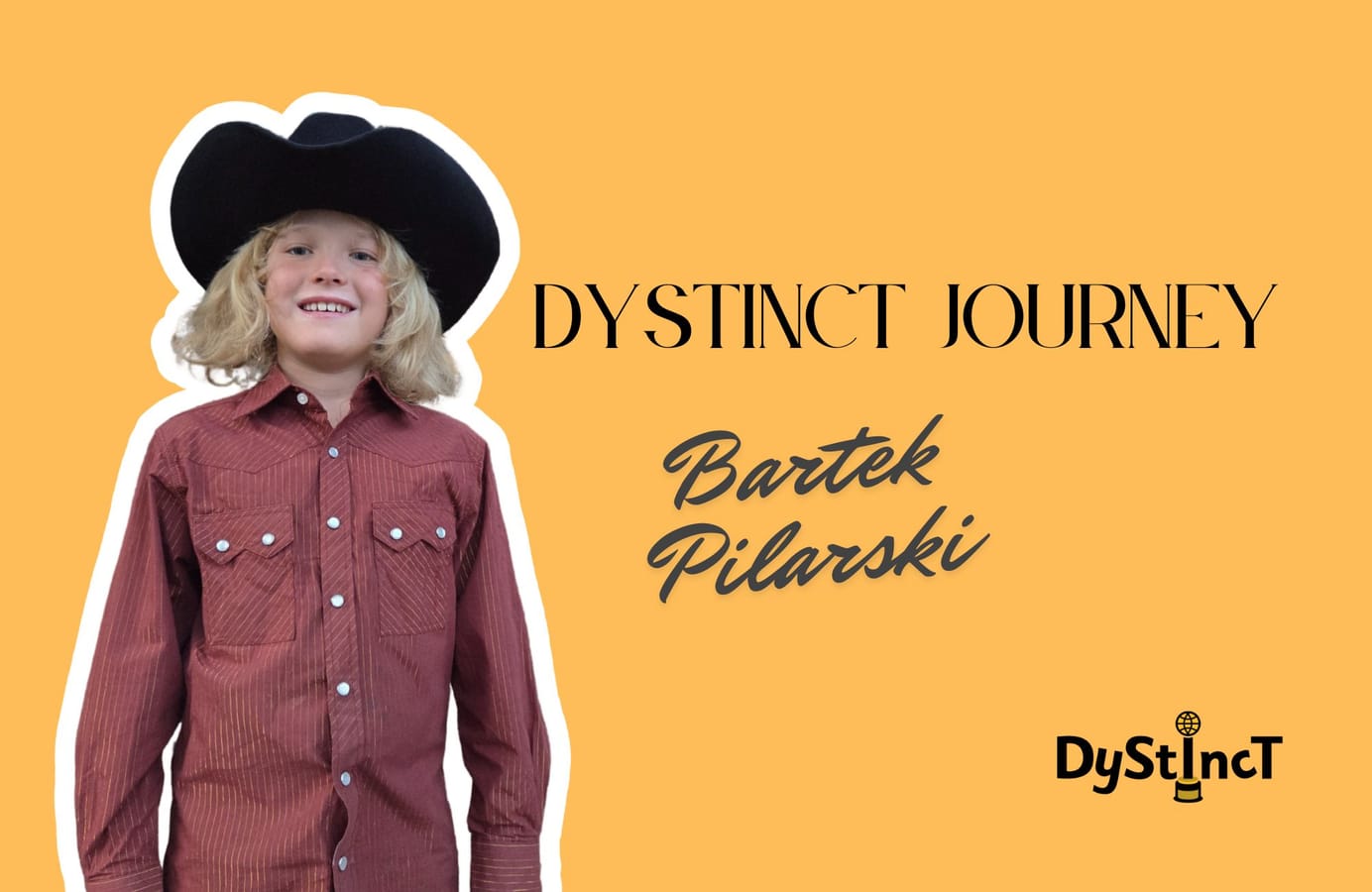
Issue 24: Relatable Texts for Teens | Anne Vize
Drawing on years of teaching experience, Anne Vize highlights the importance of accessible, age-appropriate texts that help teens with learning differences connect with stories and build essential literacy skills.
The first book I ever wrote was called Literacy for Living, written about 20 years ago. I was teaching a group of young people with additional learning needs at the time, and I shared some of the early drafts of the short stories from the book with them. These were students who were all young adults, enjoying their first year in a vocational setting and relishing the newfound independence that came along with an adult learning environment. All of a sudden, there were no uniforms to wear, no assemblies to attend and no school bells to bookend their day. They suddenly found themselves in charge of their own learning pathways, able to make decisions about what, when, how and why they learnt.
My class of students were interested in many of the things that interested other people of a similar age. They loved games and jokes (they found farts hilarious and roared with laughter at slapstick comedy), they enjoyed going out as a group to play sports (frisbee, table tennis, and basketball were clear winners), and they loved visiting places in the community. They took immense pride in planning and organising their own community activities.
They suddenly found themselves in charge of their own learning pathways, able to make decisions about what, when, how and why they learnt.
Over the semester, we explored parks, the library, cafes, movie cinemas and the beach. My group liked to hang out and just enjoy being in a vocational setting, watching what other people were doing and visiting the canteen and student centre. They became independent travellers, able to navigate public transport with growing confidence to get to and from class each day.

The Challenge of Content
The Challenge of Content

One of my challenges as a teacher was that I was responsible for a literacy unit designed to build functional reading and writing skills as well as explore reading for pleasure. While the first element was relatively easy to achieve, it was the second that had me scratching for content. At the time, there was very little available in Australia that was written to suit young people who had learning differences, and certainly almost nothing that was relatable and age-appropriate for young adults. I had watched around me as teachers dealt with this challenge in a variety of ways. Some used primary school resources full of pictures of ducks and cows and smiling little children. Others relied on resources from the United States or Canada, where there was a much greater variety available but often featured activities, sports, people and places that were unfamiliar to Australian students. Their lack of background knowledge made the texts much harder to comprehend. Some teachers opted for resources that were age-appropriate but much too hard for the reading levels of their students. Others selected extracts from longer texts, which were often written on pages that were text-heavy with few supporting elements to help comprehension. In short, teachers did what they could with the scant availability of resources at hand.
This post is for paying subscribers only
SubscribeAlready have an account? Log in


